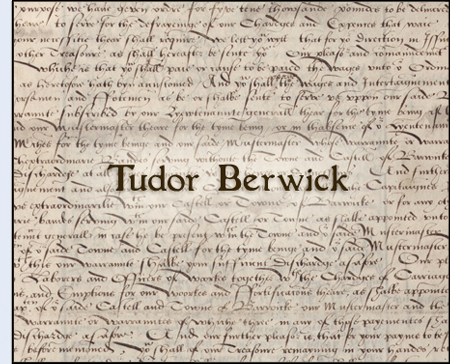|
Introduction
Although Berwick-upon-Tweed changed hands at least 13 times in medieval times, it finally became part of England in 1482 and has remained English since then. From 1482 until 1603 and the unification of the English and Scottish Crowns, Berwick was strategically very important to England. During this time, the town was governed by a Common Council, consisting of a Governor, Treasurer, other Crown appointments and the Town Mayor. It was also home to many soldiers who were ready to defend Berwick and England from a Scottish invasion as well as quickly and easily attack Scotland. The lasting legacy of the town’s importance to the overall security of England at this time is the fortifications which still exist today. They were constructed in the mid 16th century to an Italian design which was commonly used on the continent but very unusual in Britain. They were meant to provide better protection against gunfire by using a system of large projecting bastions (arrow shaped) built of stone and backed with earth as well as long curtain walls of the same construction. Between 1558 and 1561, Queen Elizabeth I spent over £50,000 building these walls – the equivalent of almost 8 ½ million today!
|

|